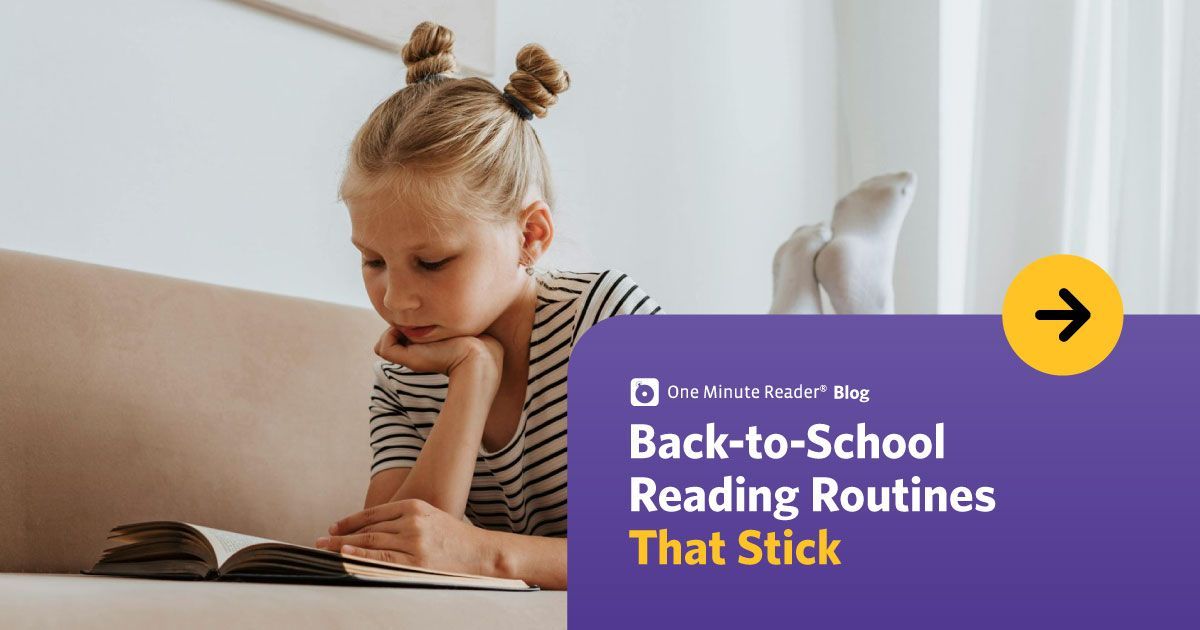Blog
The Sweet Spot of Support
Reading Specialist and One Minute Reader founder Candyce Ihnot likes to tell the story of a little boy who went from struggling to fluent in her class. When Candyce asked the boy how he got to be such a good reader, he said with a smirk, "It was nothing you did.” Rather than be offended by his brutal honesty, Candyce was delighted. The boy was taking due credit for his own accomplishment. He had come to understand that he’d possessed the tools for success all along. Having found the confidence and fortitude to master a huge challenge, he could now draw on those qualities again in the future—without his teacher’s help.
Of course, the boy’s assessment that Candyce had done absolutely nothing to help him learn to read was not entirely accurate. Rather, Candyce had offered just the right amount of support while still allowing him to feel ownership of his own success. Parents should aim to strike this same balance. The sweet spot lies in middle ground between over-functioning for your children, hijacking their accomplishments, and leaving them hanging without enough support to thrive. So how do you find this sweet spot for reading development?
Although children are able to work independently in the One Minute Reader program, parent support in key areas is crucial to their success. Specifically, you must provide support:
- To properly introduce your child to the program. Our Steps Summary document provides a useful breakdown of the steps for you to use with your child.
- To set clear expectations from the beginning. How many stories should they aim to complete each week? Should they be tracking their progress? Recording difficult words? Check out these free resources for ideas.
- To dedicate a reading space for them to focus and flourish.
- To encourage them in their efforts and celebrate their success. Reviewing the fluency and comprehension graphs with your child allows you to provide feedback on their performance and recognize their growth.
The long-term goal is for your child to become a fluent, confident, and independent reader. Developing readers have no time to waste, and parent support is crucial in helping them reach this goal as efficiently as possible.
At the same time, you must help your child understand that their success is the direct result of their own efforts, and that they possess the skills they need to become a good reader. To this end, take care to ensure they work independently on activities that allow for it, and celebrate their progress graphs as proof of success. If, in the end, you have a fluent reader who can take full credit for their accomplishments, you’ll know you struck the right balance.
Highlighted Posts
Ready to see an improvement in your child's reading?
Sign up today and get seven days for FREE.
One Minute Reader is just $8 per month after your free trial.


